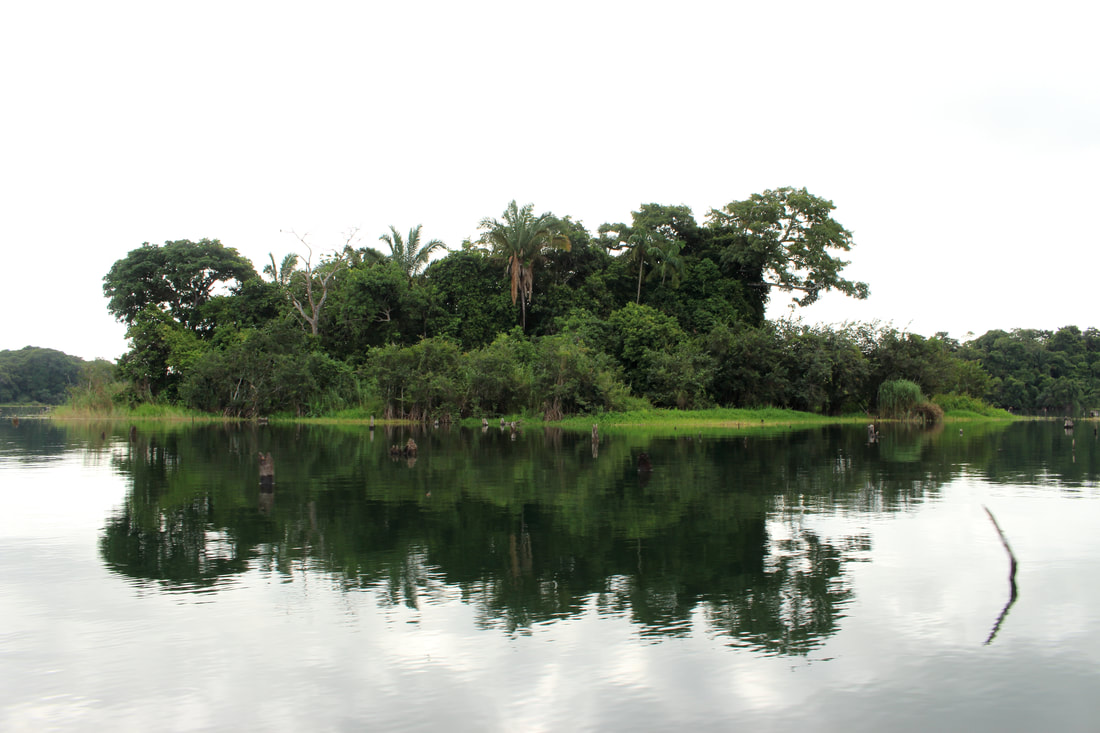|
So I promise I will get back to Evolution for the layman Part 2. Soon enough, but I thought I would get back to talking about the project over here in Panama. So a huge part of evolution and natural selection is looking at survival. So you know we released lots of lizards onto islands across Lake Gatun in Panama. Or if you didn't you do now. So we successfully finished the transplants around mid September, 70 lizards per island, 6 islands. A far cry from the original target of 100 each on 12 islands. But that's fieldwork, you always seem, in hindsight, to have originally aimed for the moon. But what happens now? So we released all these lizards to islands, big deal. Well next step is to see how many are still surviving after the initial transplant and how many are still surviving through to December. Our initial worry was that none would have survived, a bit of a stupid worry to have really as our entire project was based around their survival? But yes, no guarantees. So the initial pilot study fortunately went exceptionally well. We managed to see several surviving adults, including a breeding pair (caught in the act) and even some juveniles that were born on the island! So that left us hopeful, and hence the reason for the Dr Ian Malcolm quote. If you don't know the quote, then you need to give yourself a stern talking to. 3 weeks on, full scale recaptures are taking place and the numbers are slowly racking up. On one of the islands we managed to find the minimum we need on the first day. So for island A: any more lizards that we find are a bonus. But we still need to hit the target minimum, some will be very hard work due to the huge complexity of the islands. Island B: is like a giant birds nest, with branches everywhere! So why do we need to recapture these lizards? Well essentially we want to know which of the initial individuals we released form the mainland survived and which ones didn't. When you know that, you can look into what traits, or characteristics are common in the survivors. Do all the survivors have longer tails, or shorter legs? If there is a correlation then you can hypothesize that this could be the trait that selection is acting upon. I am obviously over simplifying this, but hopefully you get the picture. Assuming selection favours short legs, you would assume that the vast majourity of surviving lizards will be the ones from the initial population that had the shortest legs. You have to be able to say why shorter legs, as you'll remember from my Evolution for the layman. Selection acts on phenotype and phenotypes are influenced by the environment. That is something we aim to do next year, to characterize the habitat so we know why a trait or phenotype is being favoured by selection. But right now we want to know which individuals are surviving. Notable Sightings: West Indian Manatee (Trichechus manatus) American Crocodile (Crocodylus acutus) Crab Eater Fox (Cerdocyon thous) Red Tailed Boa Constrictor (Boa constrictor constrictor) 12/11/2020 04:12:35 am
Life definitely finds a way. I know a lot of people who just give up, and I am not going to be like that. I want to do what it is that makes me happy, and to be honest, this is me. I hope that we can try and do our best to make up for what we have done. If we can work on doing that, then that is what we must focus our attention to. I hope that we can get a grip. Comments are closed.
|
Archives
October 2017
Categories |



 RSS Feed
RSS Feed